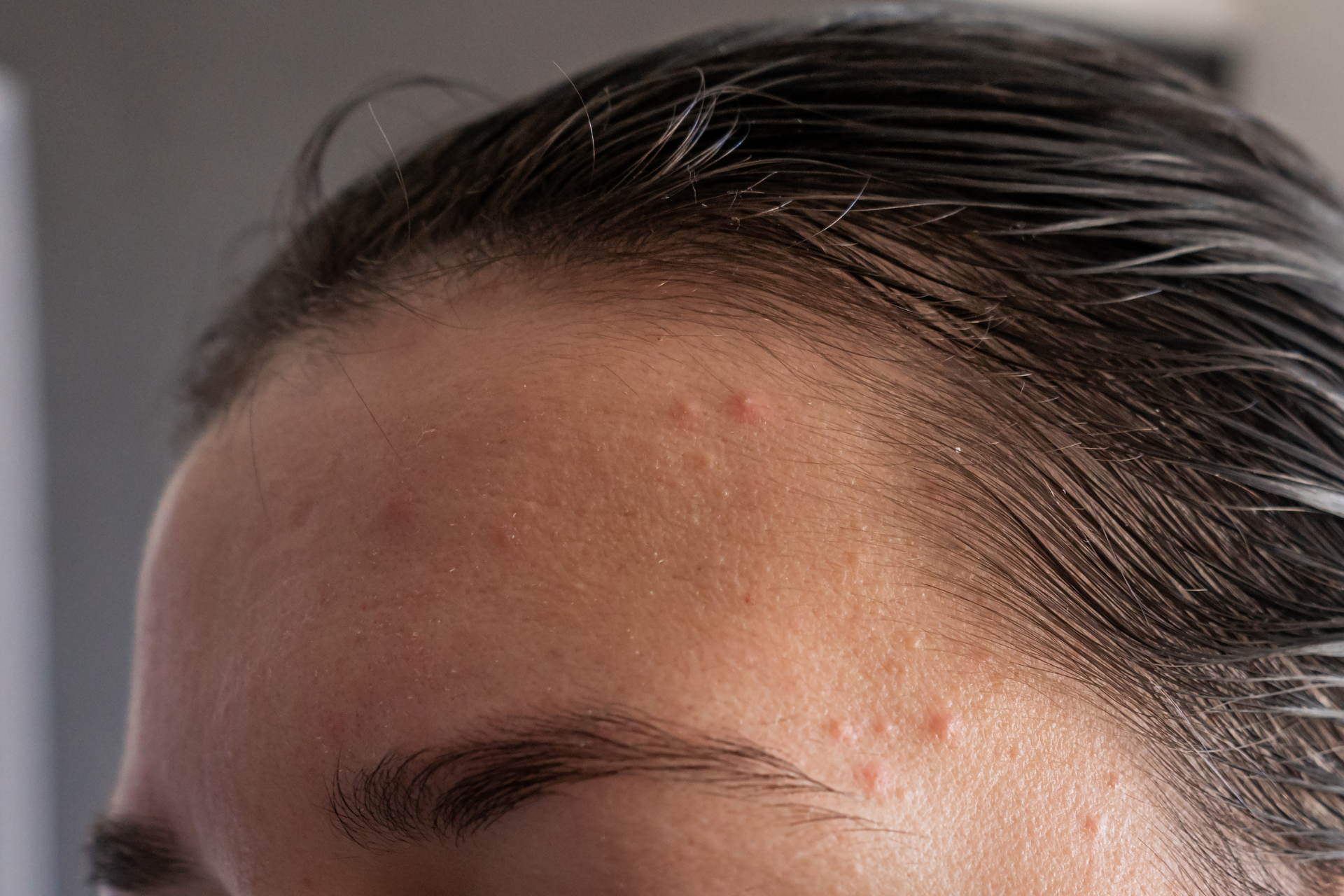Acne vs. Pimples: Understanding the Differences and How to Treat Them

Introduction:
Acne and pimples are two common skin conditions that many people deal with, especially during their teenage years. While they may seem similar, there are distinct differences between acne and pimples in terms of causes, appearance, and treatment options. In this blog post, we will delve into the specifics of acne vs. pimples, and provide insights on how to effectively manage and treat these skin concerns.
Acne:
Acne is a chronic skin condition that occurs when hair follicles become clogged with oil and dead skin cells. This blockage can lead to the formation of whiteheads, blackheads, pimples, and even cysts. Acne is often characterized by inflamed, red bumps on the skin, primarily on the face, neck, chest, and back. It is influenced by factors such as genetics, hormonal changes, diet, stress, and skincare routine.
At Fall Creek Skin and Health Clinic, we understand the impact that acne can have on a person's self-esteem and overall well-being. Our experienced dermatologists can assess your skin condition and recommend personalized treatment plans to address your specific concerns. From topical medications and oral antibiotics to laser therapy and chemical peels, we offer a wide range of effective treatments to help you achieve clearer, healthier skin.
Pimples:
Pimples, on the other hand, are small, raised bumps on the skin that are typically caused by clogged pores or bacterial infections. Unlike acne, pimples are often temporary and can appear as whiteheads, blackheads, or red spots. Pimples are commonly triggered by factors like poor hygiene, excessive oil production, sweat, and certain skincare products.
While pimples may not be as severe as acne, they can still be bothersome and affect your confidence. Our skilled healthcare providers at Fall Creek Skin and Health Clinic can provide expert advice on how to prevent and manage pimples effectively. With gentle cleansing, proper skincare routine, and occasional spot treatments, you can minimize the appearance of pimples and promote clearer skin.
Treatment Options:
When it comes to treating acne and pimples, a tailored approach is essential to address the root cause of the issue and achieve long-lasting results. At Fall Creek Skin and Health Clinic, our team of dermatologists and healthcare providers can recommend a combination of treatments based on your skin type, severity of the condition, and personal preferences.
For acne, treatments may include:
1. Topical medications (e.g., retinoids, benzoyl peroxide)
2. Oral antibiotics
3. Hormonal therapy (for hormonal acne)
4. Chemical peels
5. Laser or light therapy
For pimples, treatments may involve:
1. Gentle cleansing with a mild cleanser
2. Non-comedogenic skincare products
3. Spot treatments with benzoyl peroxide or salicylic acid
4. Avoiding touching or picking at pimples
Conclusion:
In conclusion, understanding the key differences between acne and pimples is crucial in effectively managing these common skin conditions. Whether you are dealing with persistent acne breakouts or occasional pimples, seeking professional guidance from a reputable healthcare provider is vital in maintaining healthy, clear skin.
At Fall Creek Skin and Health Clinic, we are committed to providing comprehensive care for patients of all ages, addressing a wide range of skin-related problems and general practice issues. By combining expertise, compassion, and state-of-the-art treatments, we strive to help you achieve optimal skin health and overall well-being. If you have concerns about acne, pimples, or any other skin condition, contact us today to schedule a consultation and take the first step towards a healthier, more confident you.




